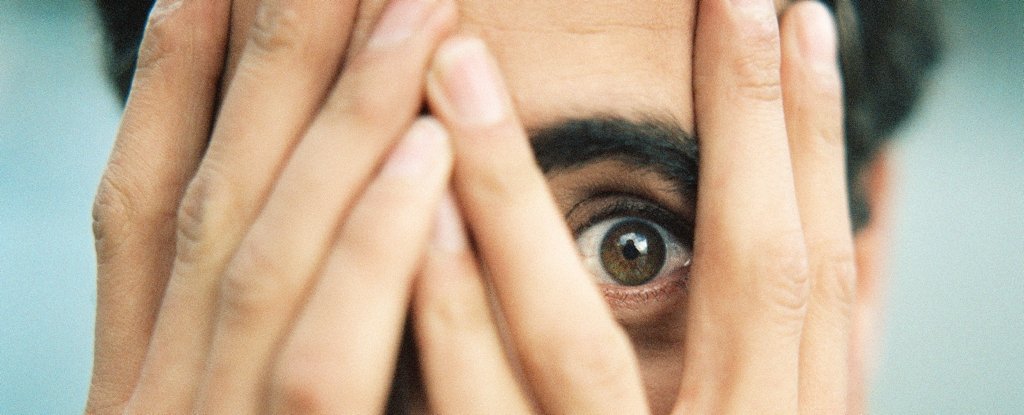
Noticing someone fidgeting can be distracting, vexing, or even excruciatingly irritating. But why does this seemingly innocuous behavior provoke such a strong reaction in some people? According to a study published in 2021, the stressful sensations caused by seeing others fidget are an incredibly common psychological phenomenon, affecting as many as one in three people.
This condition, known as misokinesia—meaning “hatred of movements”—has only recently begun to receive scientific attention. It was initially noted in the context of a related condition, misophonia, where individuals become irritated upon hearing certain repetitive sounds. Misokinesia, however, is triggered by visual stimuli rather than auditory ones.
Understanding Misokinesia
Misokinesia is defined as a strong negative emotional response to the sight of someone else’s small and repetitive movements, such as fidgeting with a hand or foot. “Yet surprisingly, scientific research on the topic is lacking,” noted a team of researchers led by psychologist Sumeet Jaswal, formerly at the University of British Columbia (UBC) in Canada, in their 2021 study.
To improve understanding, Jaswal and colleagues conducted what they described as the “first in-depth scientific exploration” of misokinesia. Their findings indicate that heightened sensitivity to fidgeting is a common challenge for many people. Across a series of experiments involving over 4,100 participants, the researchers measured the prevalence of misokinesia in both university students and the general population.
“We found that approximately one-third self-reported some degree of misokinesia sensitivity to the repetitive, fidgeting behaviors of others as encountered in their daily lives,” the researchers explained.
Impact on Daily Life
The study revealed that misokinesia affects individuals differently. Some report only mild sensitivity, while others experience significant emotional distress. “They are negatively impacted emotionally and experience reactions such as anger, anxiety, or frustration, as well as reduced enjoyment in social situations, work, and learning environments,” explained UBC psychologist Todd Handy. “Some even pursue fewer social activities because of the condition.”
Handy began researching misokinesia after learning that his own fidgeting caused stress to his partner. “As a visual cognitive neuroscientist, this really piqued my interest to find out what is happening in the brain,” Handy said.
Exploring the Causes
The million-dollar question remains: Why do some people find fidgeting so annoying? The researchers explored whether misokinesia might originate from heightened visual-attentional sensitivities, which could make it difficult to ignore distracting events in one’s visual periphery. Early experiments, however, provided no conclusive evidence linking these mechanisms to misokinesia sensitivity.
Despite the inconclusive results, the researchers have some hypotheses for future exploration. “One possibility we want to explore is that ‘mirror neurons’ are at play,” Jaswal suggested. These neurons activate when we move and also when we see others move. For instance, witnessing someone get hurt might cause us to wince, as their pain is mirrored in our own brain.
“A reason that people fidget is because they’re anxious or nervous. So when individuals who suffer from misokinesia see someone fidgeting, they may mirror it and feel anxious or nervous as well,” Jaswal explained.
The Path Forward
Further research is needed to confirm whether mirror neurons play a role in misokinesia. A follow-up study conducted by Jaswal in 2024 with 21 volunteers suggested that the condition might be linked to challenges in disengaging from a stimulus, rather than the initial distraction itself.
What is clear from the existing research is that misokinesia is more common than previously realized. “To those who are suffering from misokinesia, you are not alone,” Handy emphasized. “Your challenge is common and it’s real.”
The findings of this groundbreaking study were reported in Scientific Reports. As research continues, the scientific community hopes to uncover more about this intriguing phenomenon and provide relief to those affected.







